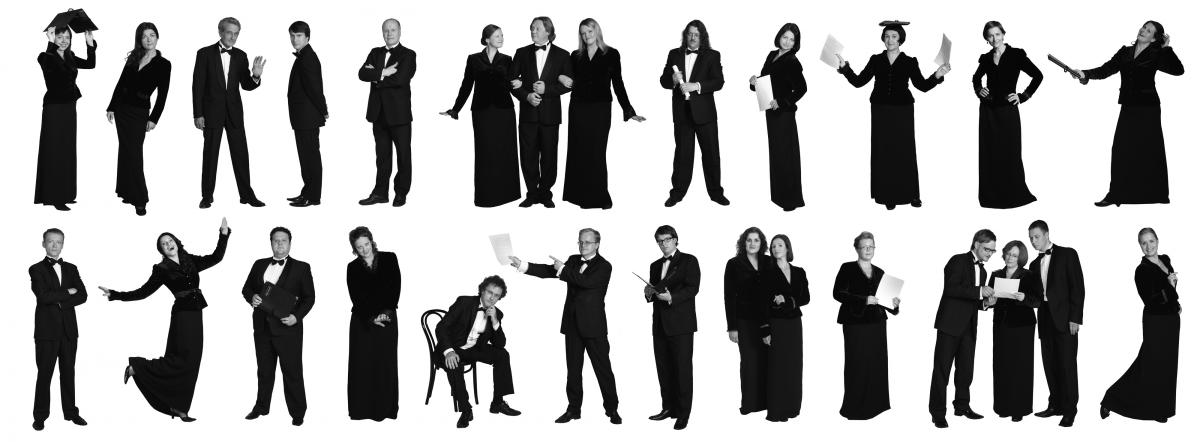WGXC-90.7 FM


All Things Cage: A New Release by the Latvian Radio Choir, John Cage Choral Works (Ondine, 2022)
90.7-FM in NY's Upper Hudson Valley and wgxc.org/listen everywhere
http://www.wgxc.org/
wavefarm.org/listen and 1620-AM at Wave Farm
https://audio.wavefarm.org/transmissionarts.mp3
Hosted by Laura Kuhn, Executive Director of the John Cage Trust.
"This week we’ll listen to an excerpt from a gorgeous new CD from the Latvian Radio Choir, John Cage Choral Works, conducted by Sigvards Klava, released on the Ondine label, ODE 1402- 2. I’m partial to Cage’s vocal works and this recording makes a splendid addition to the ever-growing catalog of Cage’s recorded works. As James Pritchett recounts in his liner notes, Cage was 67 years old before he tackled his first work for choral forces, and then composed only two – the first in 1979, Hymns and Variations, and the second and last in 1990, Four2 , both included in the CD presented here tonight.
Hymns and Variations is for 12 voices, a resetting of two four-part pieces by the early American composer William Billings, from his collection The New-England Psalm-Singer, composed in 1770. Cage took these two pieces, “Old North” and “Heath,” and applied a method of subtraction and extension to create his own Hymns and Variations, five variations for each hymn. It’s surely recognizable as 18 th-century music, but as Cage put it, “it’s suddenly brilliant in a new way, because each sound vibrates from itself, not from a theory.”
It would be more than a decade before Cage would begin composing his “number pieces,” with titles simply denoting the number of performers involved; these works, which number over some 43, range from solos to pieces for orchestra. One example is the other work we’ll hear this evening, Four6 from 1992, the superscript 6 denoting that this was his sixth “number piece” composed for four performers. Four6 is somewhat unusual in the series in that the choice of the specific sounds we hear in each of the individual parts is left to the four performers, all arranged in the flexible (time-bracket) architecture of time composed by Cage. With his “number pieces,” Cage extended Western notation in such a way that results in works that while fully notated works can never be performed exactly the same way twice. This is revolutionary stuff.
Tonight’s broadcast is heard with the gracious permission of Ondine. Enjoy!" - Laura Kuhn
"All Things Cage" is a weekly program featuring conversations between Laura Kuhn, Director of the John Cage Trust, and Cage experts and enthusiasts from around the world. If you’d like to propose a guest or a topic for a future program, write directly to Laura at lkuhn@johncage.org. She’d love to hear from you.
The late Pulitzer Prize-winning biographer Kenneth Silverman once described his Begin Again: A Biography of John Cage (Knopf, 2012) as the hardest book he’d ever written. This was because, as he put it, pick up any rock and there’s John Cage! Indeed, Cage was not only a world-renowned composer, numbering among his compositions the still notoriously tacet 4’33”, but a ground-breaking poet, a philosopher, a chess master who studied with Marcel Duchamp, a macrobiotic chef, a devotee of Zen Buddhism, a prolific visual artist, and an avid and pioneering mycologist. He was also life partner to the celebrated American choreographer, Merce Cunningham, for nearly half a century, and thus well known in the world of modern dance.
No wonder, then, that nearly everyone who encounters the man or his life’s work has something interesting to say about John Cage!



